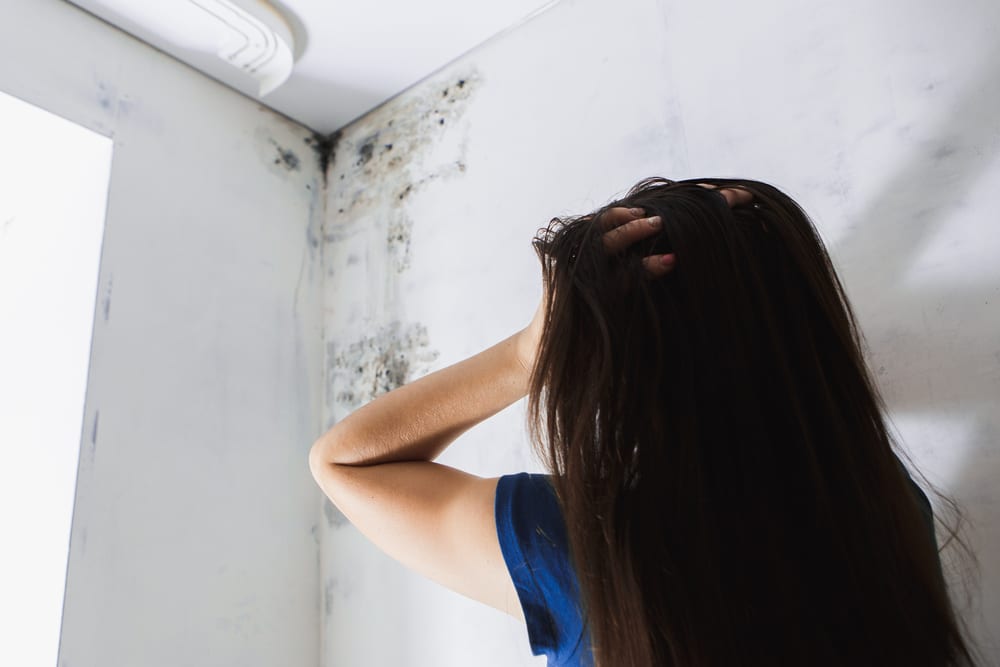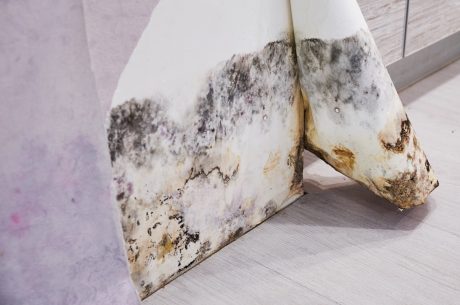
A lot of water is used in bathrooms, so chances are that some of that water could make its way into walls and floors, causing water damage. And soon enough, you could also end up with mold issues and structural damage that would need considerable efforts to repair. Follow the tips below to prevent water from ruining your bathroom.
- Regularly check for signs of leaks, such as discoloration on walls or floors, drywall bubbling, and musty smells. Touch the walls to check if any areas are softer than others. Look for leaks under vanities and ensure there are no leaks from the sink trap. If any of these problems exist, find the leak source and have it fixed.
- Repair or replace cracked, broken or missing tiles, which allow water to seep in behind walls and under floors. Do the same for cracked or decaying grout and caulking along sinks, tubs, and showers.
- Test valves for your toilets, showers, and sinks regularly to ensure they are properly working. Look for wetness or staining around them that could indicate a leak.
- Upgrade your fixtures. Did you know that toilets account for about 40% of your annual water consumption? Also, older shower heads may use twice as much water than newer models. So if your fixtures are old, upgrade them to save water and potential water damage in the future.
- If your sink drains slowly, the drain may be clogged. Pour a mixture of vinegar and baking soda down the drain. If it doesn’t work, hire a plumber to check the trap for clogs. Also, don’t let water collect and sit in the area around the sink.
- Only flush toilet paper down the toilet. Items like diapers and sanitary napkins may clog the plumbing. Also, use only septic-safe toilet paper for septic systems.
- Turn on your exhaust fan every time you use the shower or tub. The fan helps pull excess moisture out of the air, preventing it from entering your walls, which may cause bubbly drywall and mold growth. You can also use a dehumidifier to reduce the humidity levels in the bathroom.
- Always check the floor for water (and remove it if there is any) after taking a shower or using the tub. Also, fully drain the water from the shower or tub. This helps prevent damage from sitting water. Replace torn shower curtains or shower doors that have damaged seals.
- Minimize the splashing of children in the tub and wipe up any water that makes it to the floor or walls as soon as possible.
- Place bathmats on the floor to minimize the risk of excess water building up outside your shower.
There’s always a chance that water could cause damage in your bathroom, but as long as you take these steps, you could prevent water damage and mold. For water damage repair and mold removal services, contact your local PuroClean office.






 PuroClean Property Savers
PuroClean Property Savers